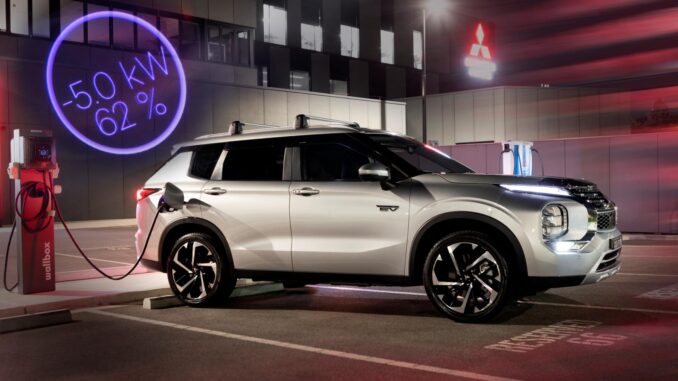
bi-directional EV – Strength in eMobility: Mitsubishi Motors Australia’s pioneering bi-directional EV infrastructure marks an automotive OEM first in Australia.
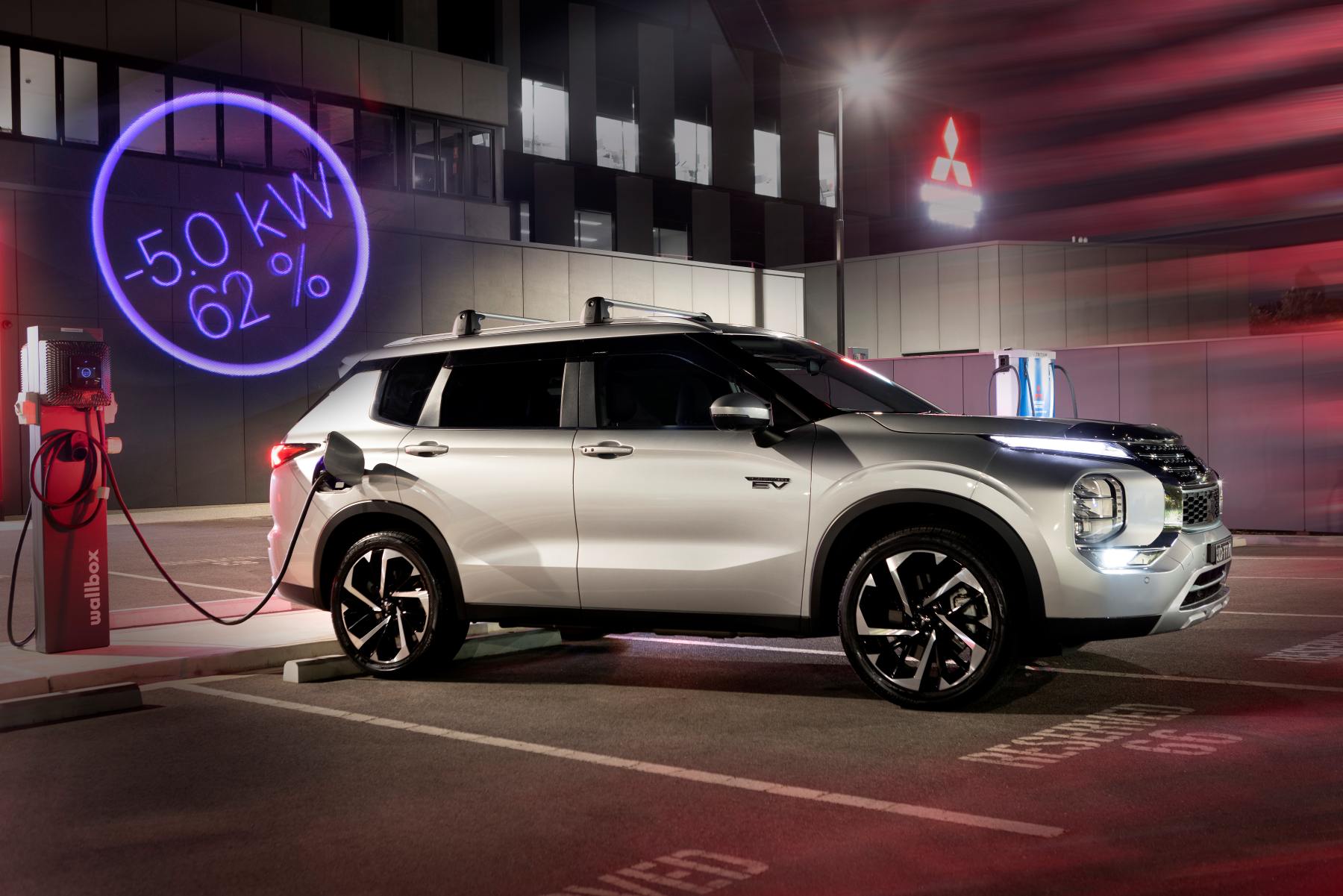 Mitsubishi Motors Australia Limited (MMAL) is proud to confirm its bi-directional EV infrastructure has been green-lit for grid exports by SA Power Networks (SAPN).
Mitsubishi Motors Australia Limited (MMAL) is proud to confirm its bi-directional EV infrastructure has been green-lit for grid exports by SA Power Networks (SAPN).
This milestone marks the first approved Australian deployment of Vehicle to Grid (V2G) bi-directional technology by an automotive OEM. It is the culmination of a joint effort between MMAL and JET Charge, the leading Australian EVSE provider.
“Since we first announced our Head Office bi-directional EV infrastructure intentions, MMAL and JET Charge have been in ongoing consultation with SAPN. The technology is rapidly emerging, so as SAPN’s operational needs evolved, we worked closely to adapt the installation to ensure grid export requirements were met,” said Tim Clarke, MMAL’s eMobility Manager.
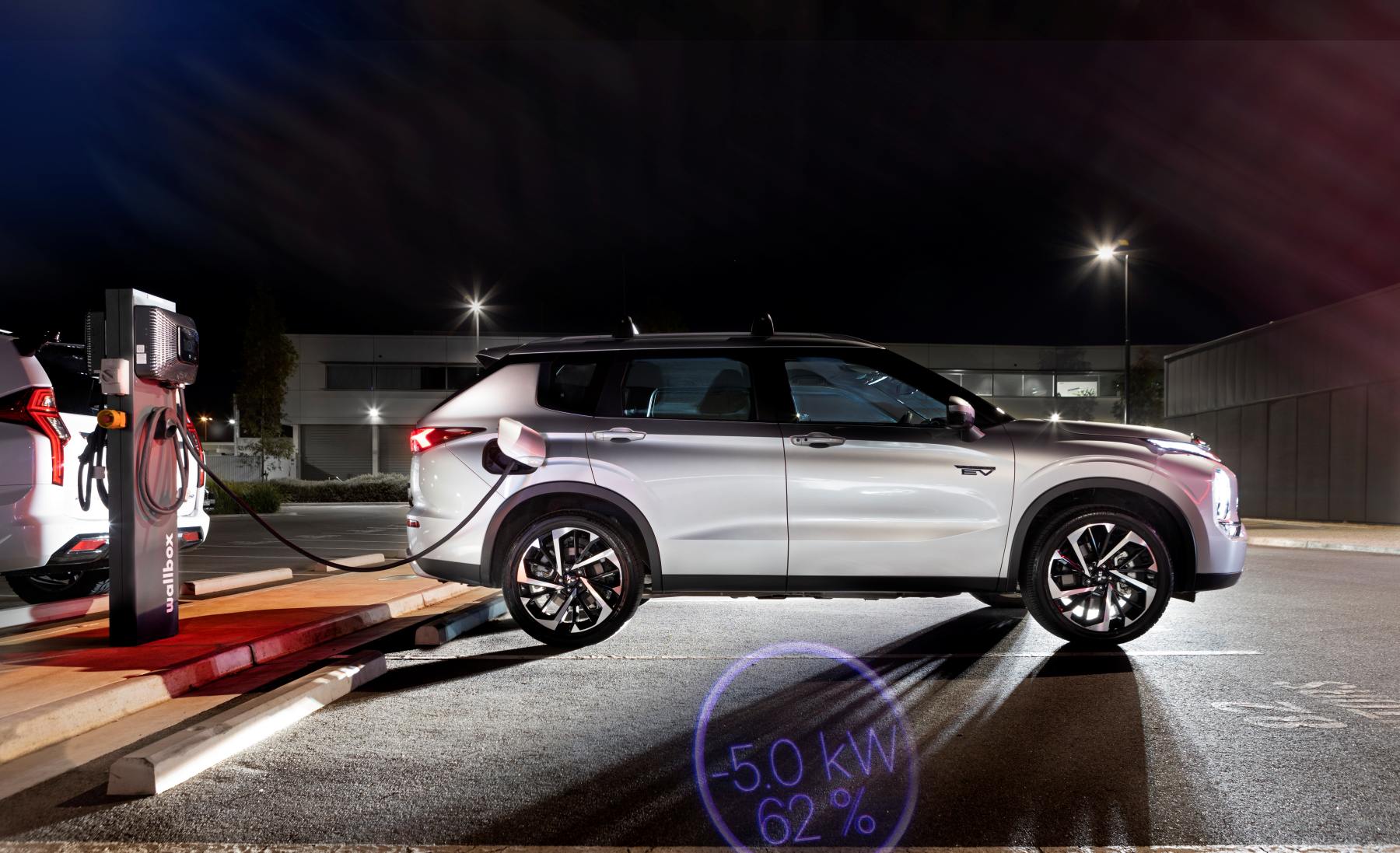
MMAL and JET Charge have been in ongoing consultation with SAPN.
MMAL hosted SAPN at its Adelaide headquarters as the state’s energy authority conducted ‘witness testing’ of its JET Charge-supplied and installed bi-directional hardware and grid protection systems. A Mitsubishi Outlander Plug-In Hybrid EV was connected to one of the two Wallbox Quasar 1 bi-directional chargers. Through its CHAdeMO port, the Outlander PHEV was able to safely export electrical energy stored in its 20kWh lithium-ion on-board drive battery into the state’s power grid.
“Under the approval, MMAL is now unconditionally able to export power from its PHEVs into the grid. This achievement further underscores the wide range of ability our Outlander and Eclipse Cross PHEVs offer,” said Clarke.
Currently MMAL has a fixed 5kW export limit per charger. The Quasar 1 charger’s ultimate capacity is 7kW which could be realised under a ‘dynamic’ export limit in future.
“Mitsubishi PHEVs are fantastic family vehicles that are perfectly suited to short range EV commuting, with zero tailpipe emissions, backed by range-extending petrol-electric hybrid drive to overcome today’s EV infrastructure limitations,” Clarke said.
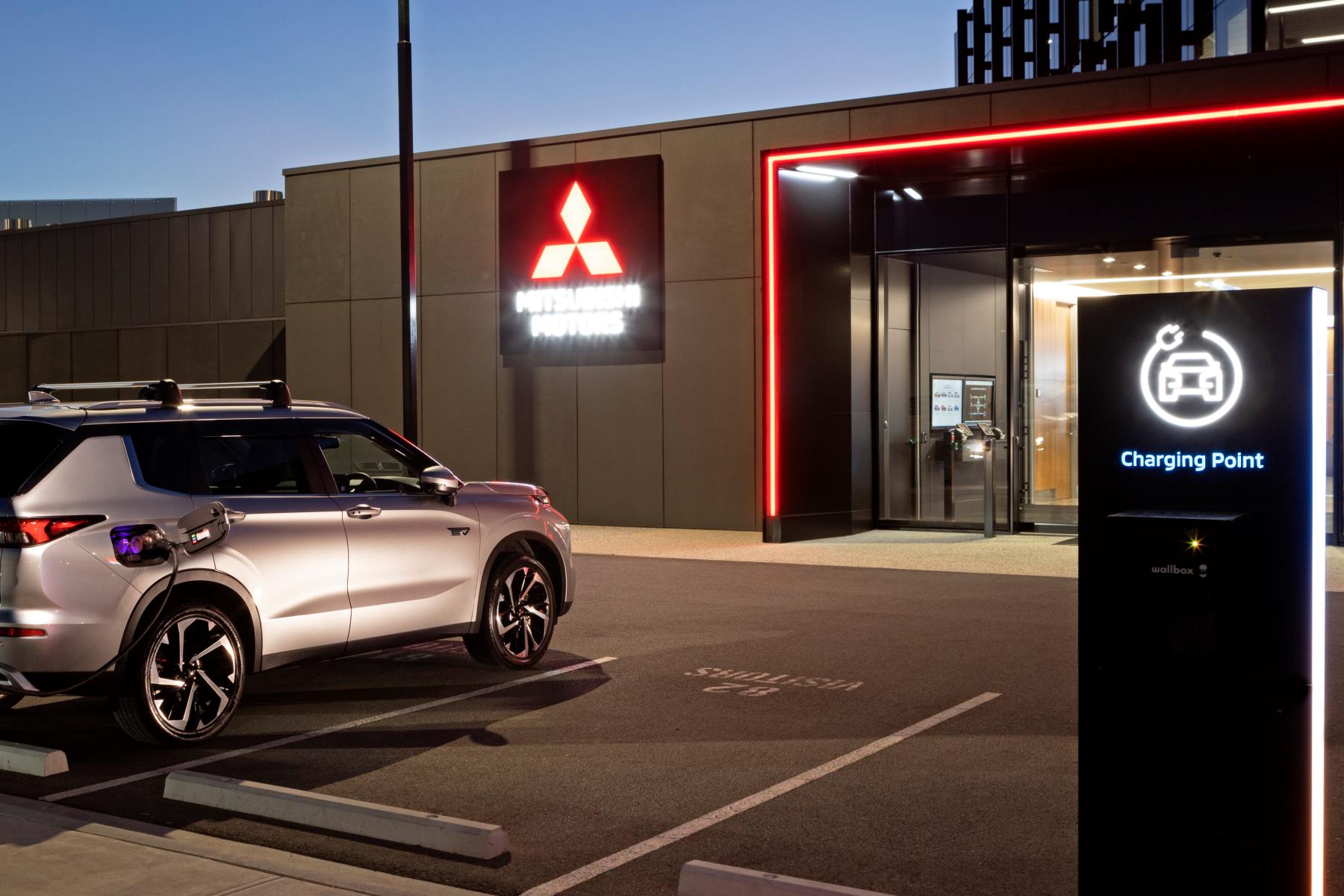
PHEV flexible charging options – bi-directional EV
“With flexible charging options ranging from the simple domestic socket through to DC fast-charging, owners can choose to charge when and where it suits, to minimise cost and maximise convenience.
“As Australia’s V2G landscape continues to mature and access to bi-directional hardware increases, Mitsubishi PHEV owners are well positioned to benefit. They will be able to export from their PHEV to the grid or home, reinforcing PHEV’s versatility. While enhancing renewable energy deployment and reducing CO2 emissions across transport and in the grid,” Clarke added.
JET Charge CEO Tim Washington added: “Bi-directional charging will fundamentally change how we view transport and energy. It will make our vehicles an even bigger part of our everyday lives. Powering how we move and how we live. That’s why we’re so excited to partner with Mitsubishi Motors to further this cause. It takes different parts of the industry, all working together, to deliver this value for Australians. I feel like we have made a significant step with this project”.
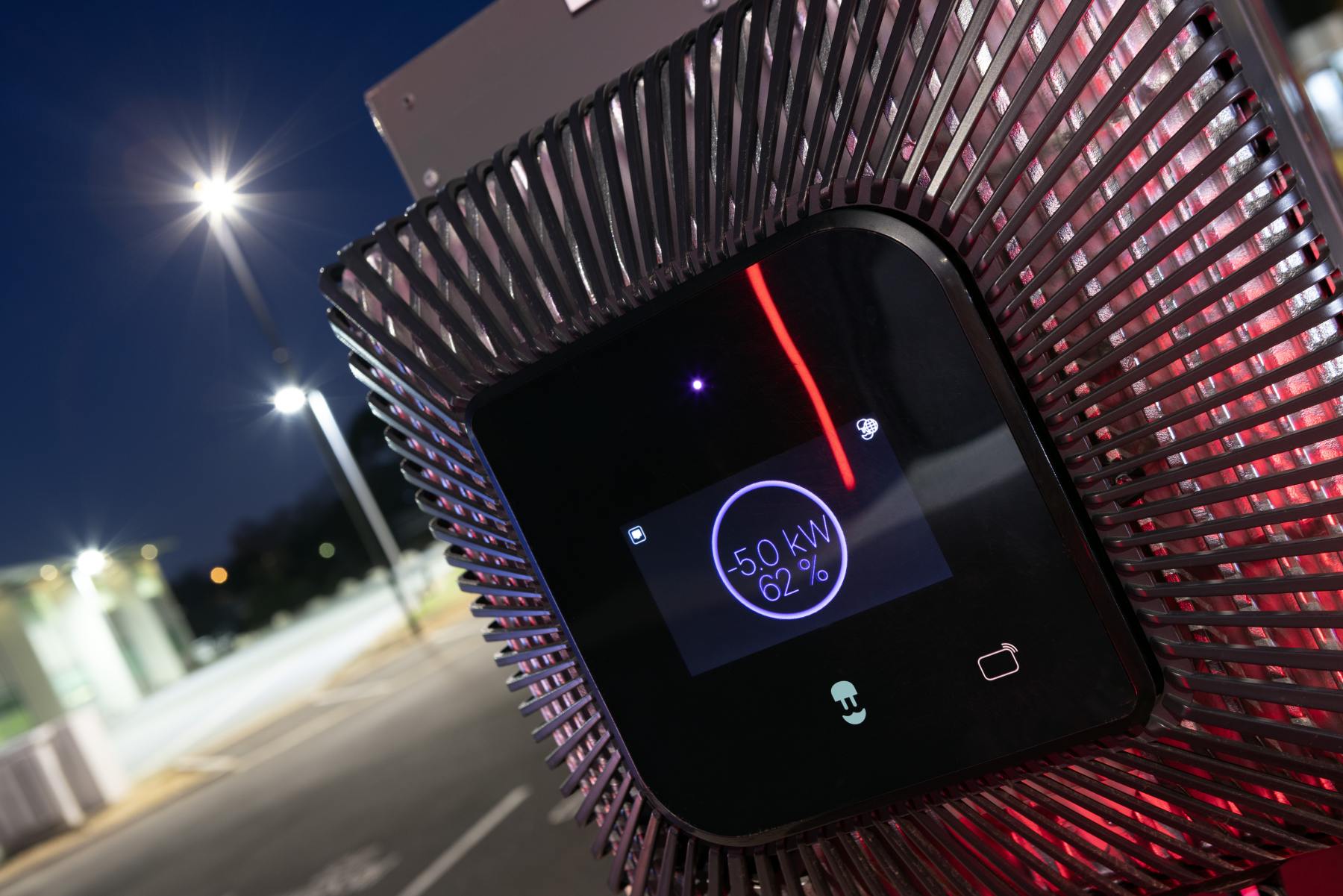
What is bi-directional EV charging?
Bi-directional charging is an emerging technology that allows two-way sharing of stored energy. From an Electric Vehicle on-board drive battery to an external energy consumer, via a compatible bi-directional charger.
This technology enables energy sharing applications such as Vehicle to Grid (V2G) and Vehicle to Home (V2H).
A bi-directional charger works similarly to a conventional DC charger. Converting AC electricity from the grid to the DC electricity required by EV batteries. But it is also capable of converting this electricity back from DC to AC. As a result, the stored energy can be drawn from the vehicle’s battery and supplied externally.
Mitsubishi Outlander and Eclipse Cross PHEVs are bi-directional capable via the CHAdeMO DC charging system. However, to utilise this capability an approved bi-directional charger is required which is sold separately to the vehicle.
What is Vehicle to Grid? – bi-directional EV
Vehicle to Grid, or V2G, is when a bi-directional charger is connected to an EV Battery/ Allowing electricity from the battery to be supplied to the grid, or to supply a home or building connected to the grid.
V2G has the potential to assist with grid stability during supply and demand fluctuations. And with congestion management (store during low demand and supply during high demand). It can also be used for price arbitrage (buy low/sell high).
These use cases have the potential to unlock new value streams for the user, while offering wider benefits to all grid users. Such as increased grid reliability, increased renewable energy mix, and cheaper energy prices.
Vehicle to Grid technology has the potential to transform the way we utilise vehicles, transport, and energy in our day-to-day lives.

Be the first to comment